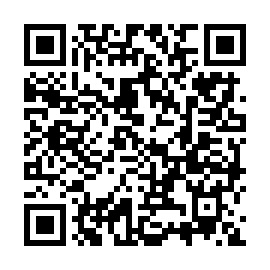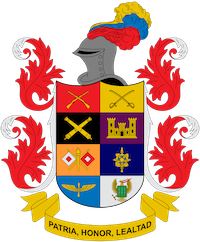Submissions
Submission Preparation Checklist
As part of the submission process, authors are required to check that their submission meets all of the elements shown below. Submissions that do not meet these guidelines will be returned to authors.
- The submission is completely original, does not infringe on the rights of other authors, and is of an exclusive nature (has not been published, accepted for publication, or submitted for consideration to another journal), conflict of interest, authorship disputes, and fragmentation (otherwise an explanation has been provided in Comments to the Editor).
- Three independent files (author information, article structure y publication authorization) were prepared in the original language of the article (Spanish or English) using the formats suggested by the journal Strategic Intelligence.
- The two files to be sent are in an editable format such as OpenOffice, Microsoft Word or Rich Text Format (RTF). In addition, they must be fully completed and comply with the parameters established in the instructions for authors (style guide and preparation of the submission).
- The manuscript is within the focus, category and scope of Strategic Intelligence, available at https://revista.esici.edu.co/index.php/inest/about.
- All figures and tables included in the structure of the article are in color, in editable format and are located within the text and not at the end of it.
- The DOI (Digital Object Identifier) and web addresses of all references cited in the article structure were included, as far as possible.
- The structure of the article has been completely anonymized, eliminating any reference to the author(s), following the established instructions and ensuring a blind review.
- If there are research participants or data were collected from individuals, the institutional endorsement or informed consent duly signed by the participants has been uploaded separately. In addition, a note was included in the Method section explicitly stating how the ethical standards of the research were followed and how informed consent was obtained from the research participants. Without these documents and note the manuscript will not be reviewed.
- Authors: to avoid research misconduct, authors should consult on the following international standards: research fraud, improper experimentation with or on animals and humans.
- The manuscript contains all the required sections and these are structured correctly (see Guidelines for writing the introduction, theoretical framework, method, discussion, conclusions and references sections).
- In the case of including self-citations, these should not exceed 10% of all the material cited throughout the manuscript. Self-citations should be cited correctly, since failure to do so is also considered plagiarism.
- The language used in the manuscript is inclusive, recognizes diversity, conveys respect for all people, is sensitive to differences and promotes equal opportunities.
Article
The journal Strategic Intelligence publishes only articles resulting from scientific and technological research in three languages (Spanish, English and Portuguese). These are defined by Publindex-Minciencias as the original academic document that presents in detail the results derived from completed research or technological development projects with a minimum of 25 cited bibliographic sources.
Research articles: this type of article presents in detail the original results of research projects; its structure includes introduction, methodology, results and conclusions.
Reflection articles: this type of article presents research results from an analytical, interpretative or critical perspective of the author(s), on a specific topic, using original sources.
Review articles: this type of articles should be the result of a research where the results of published or unpublished research on a field of science and technology are analyzed, systematized and integrated, in order to account for advances and development trends; it should present a careful bibliographic review of at least 50 cited bibliographic sources.
Publisher
Normally, the editorial is found at the beginning of the publication; it is the first text that readers will see. From it we can contrast the information provided by the other articles and news until we understand in greater detail the orientation of the journal.
The editorial needs to catch the public's attention with a sufficiently attractive entry to awaken interest and keep it until the end of the text. A good beginning should be followed by an easy and always logical development of the commentary, which invariably involves a doctrinal thesis.
Finally, an attempt should be made to end the writing with a punch line that implies a fortunate condensation of the central thought.
Copyright Notice
Copyright 2025 Scientific Journal Strategic Intelligence
This work is licensed under a Creative Commons Attribution-NonCommercial-NoDerivatives 4.0 International License.
Privacy Statement
The names and email addresses entered in this journal site will be used exclusively for the stated purposes of this journal and will not be made available for any other purpose or to any other party.






